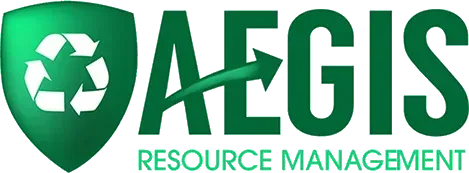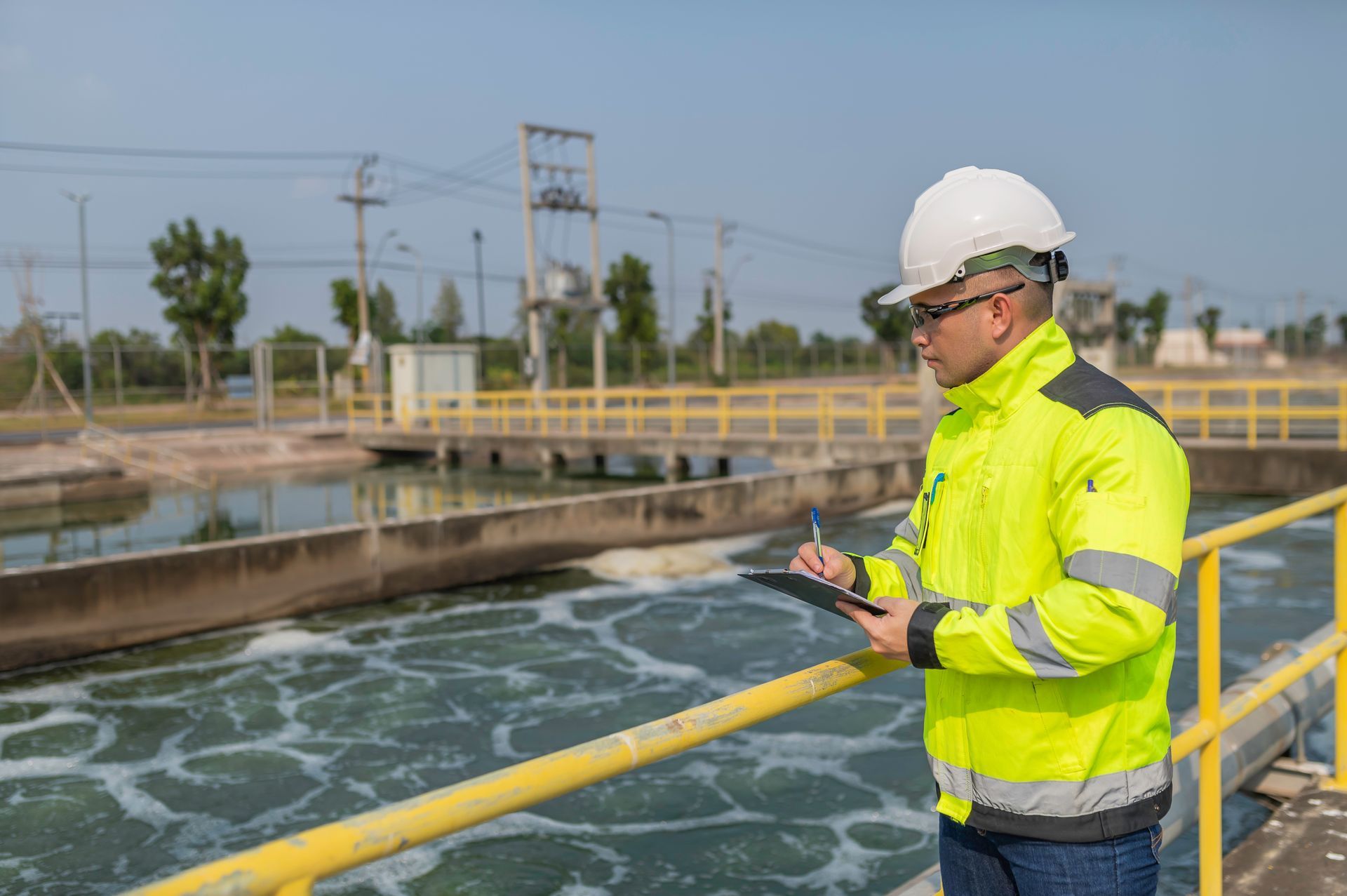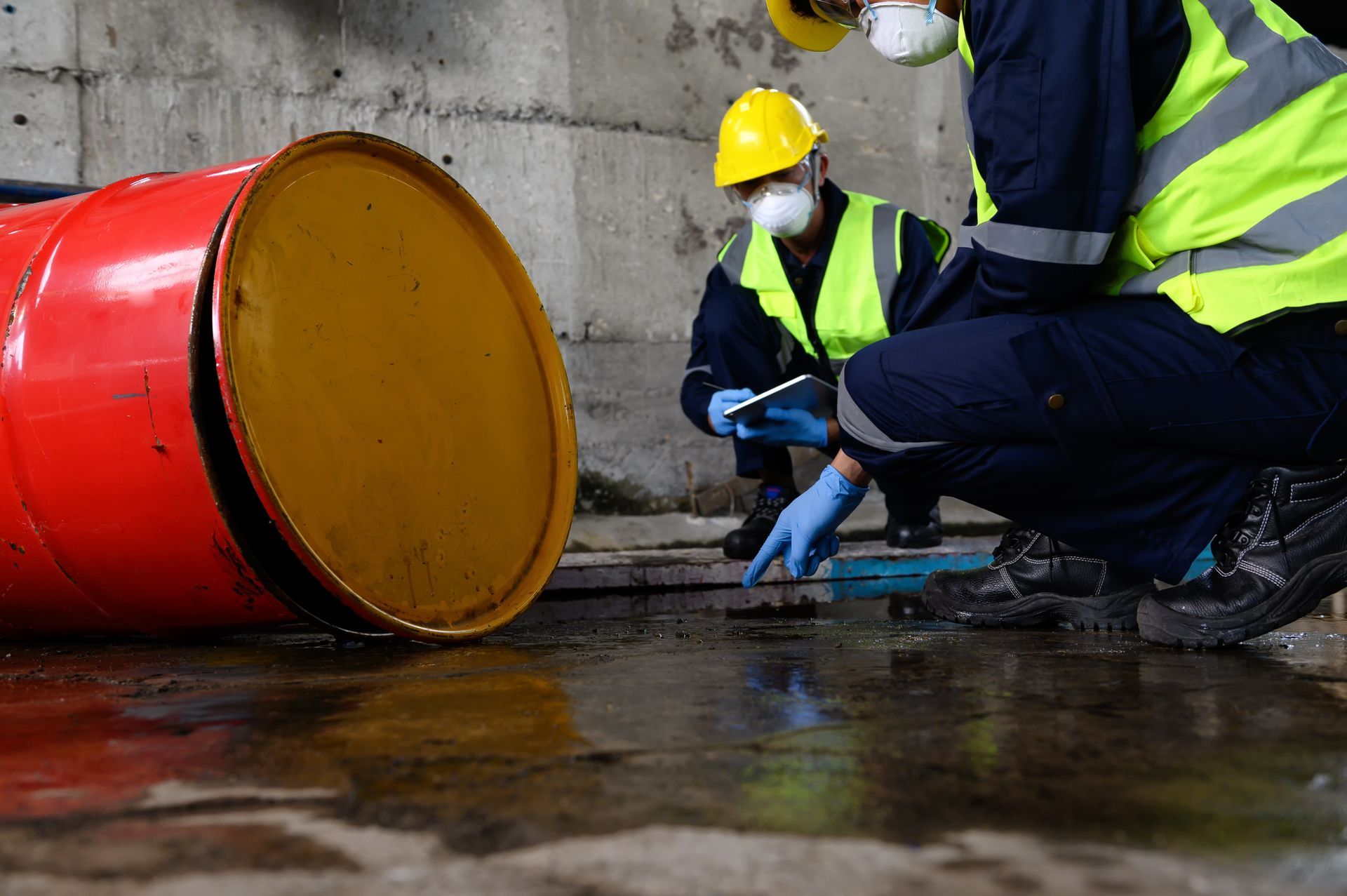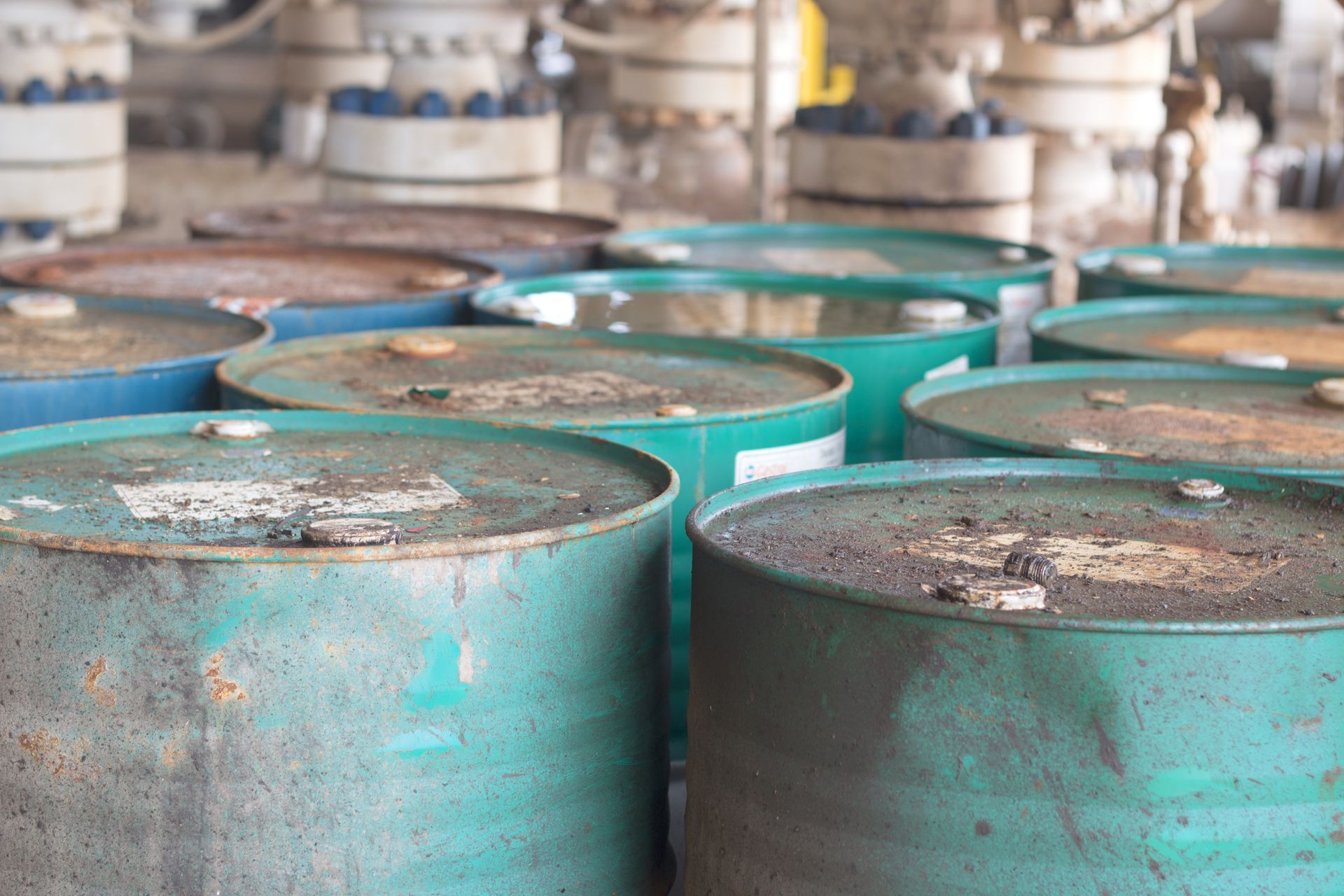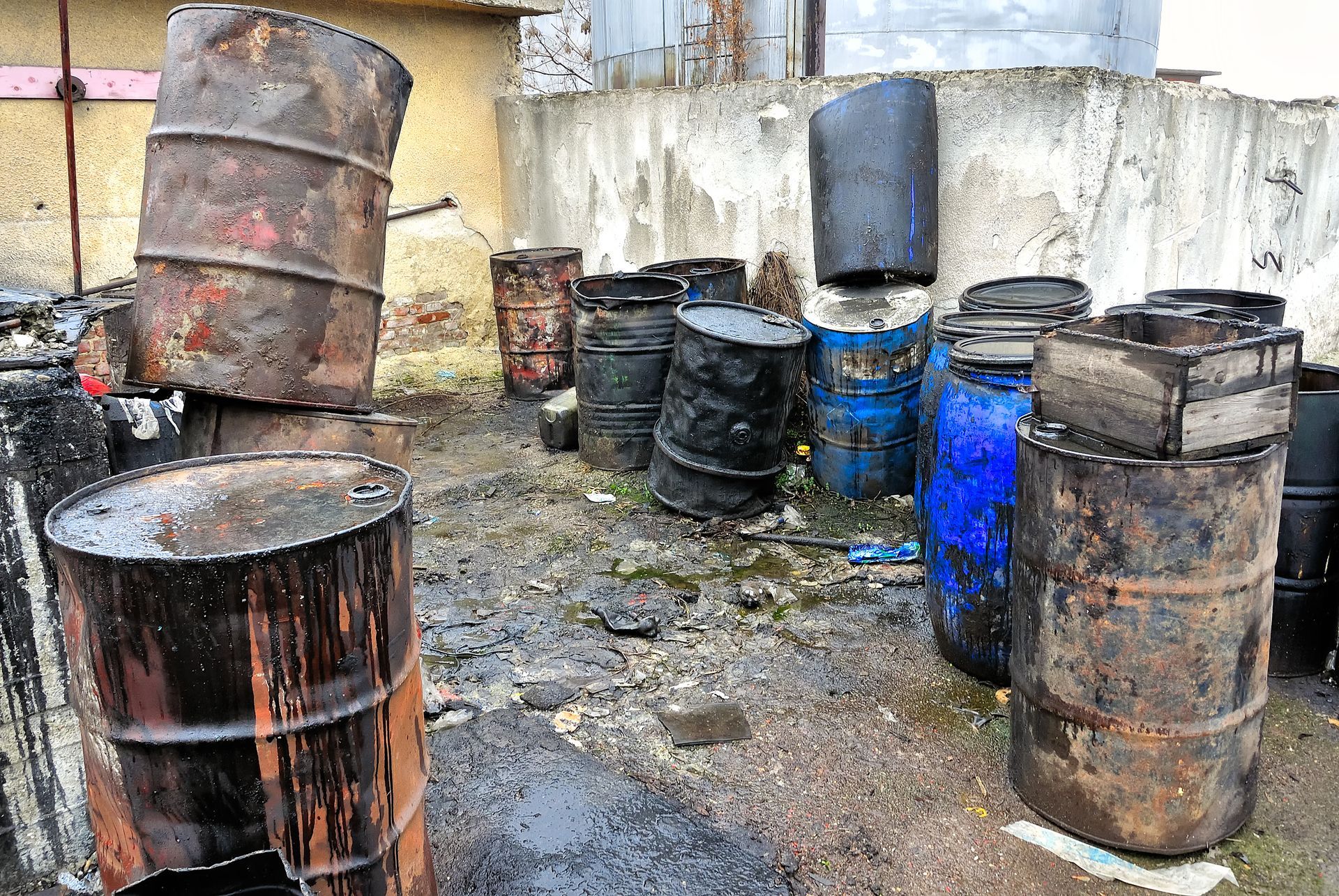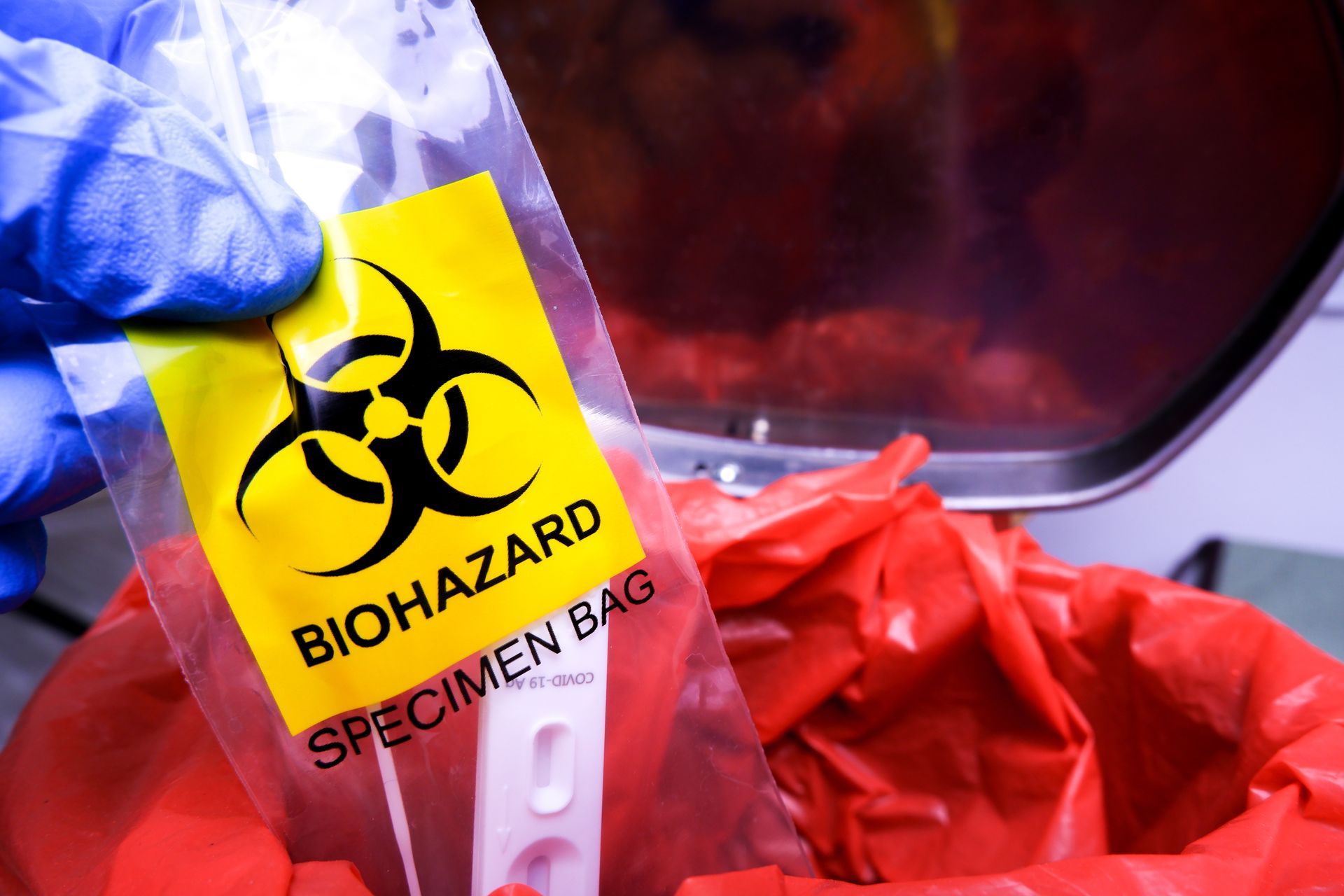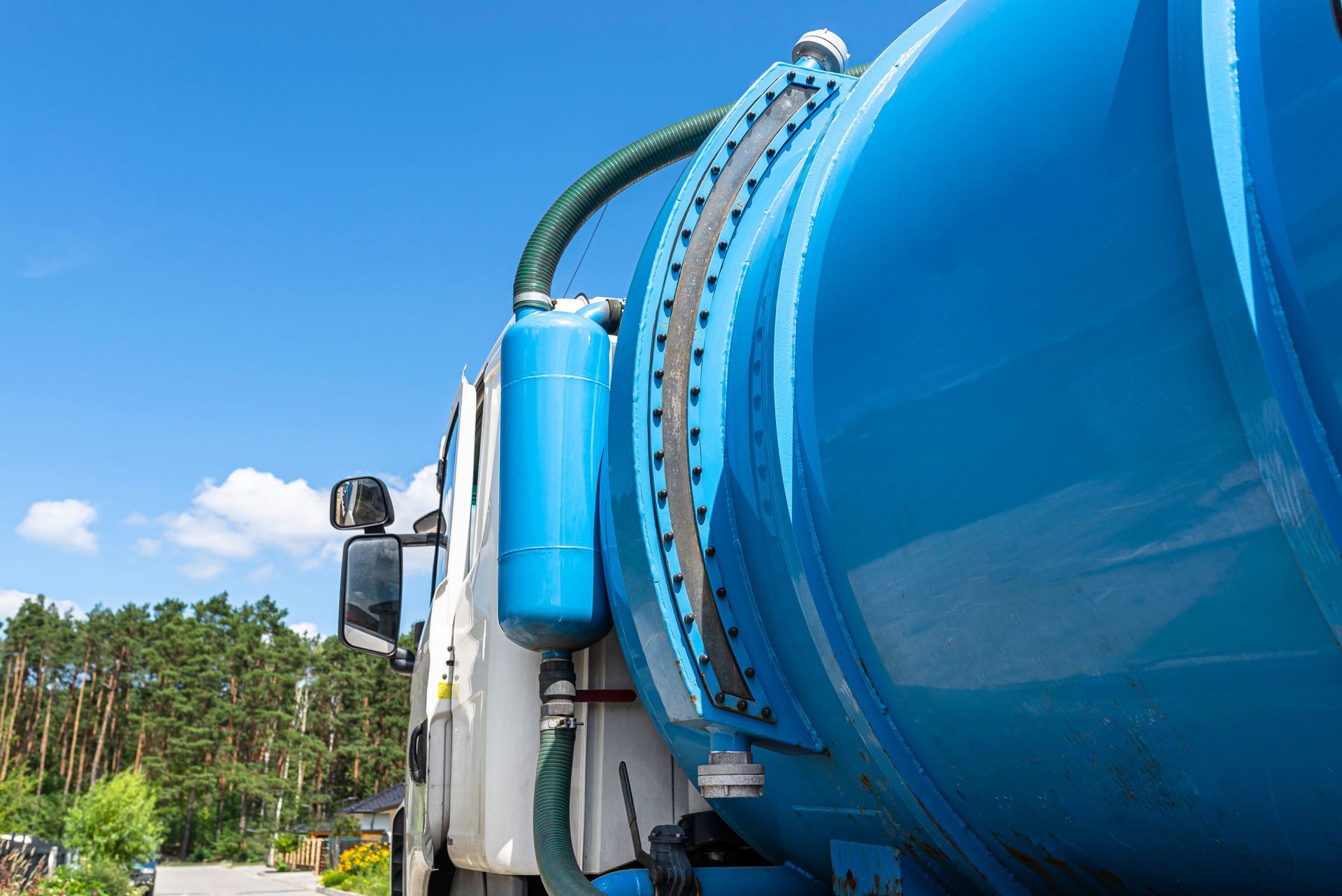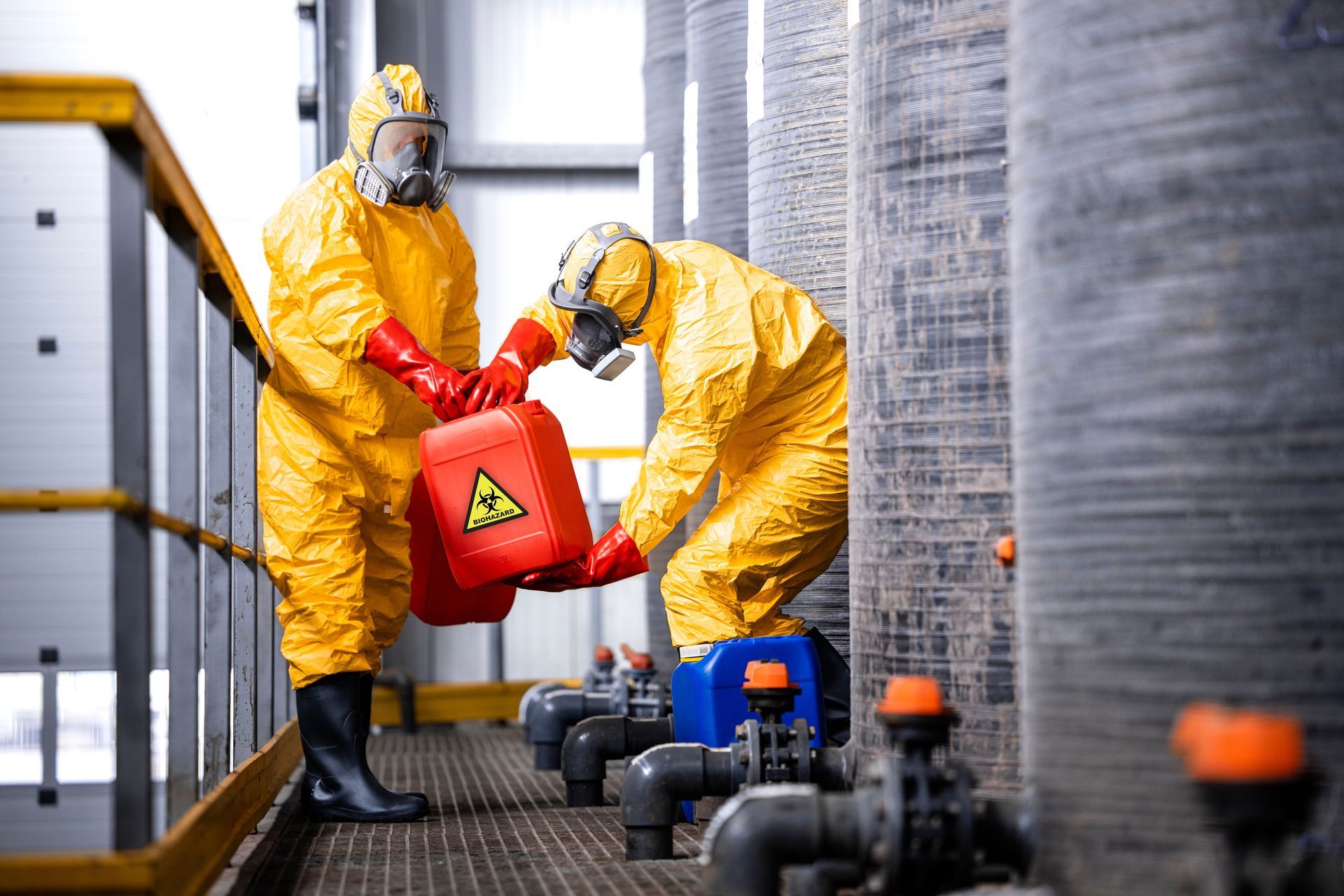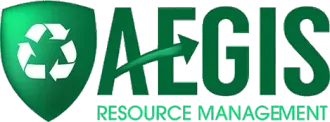Aegis Resource Management
For all of your hazardous, chemical, and unique waste disposal needs.
Get a Quote
Contact Us
We will get back to you as soon as possible.
Please try again later.
Our Services:
Aegis Resource Management manages the segregation, manifesting and disposal of all types of chemical wastes and manufacturing bi-products. Basically, anything that you can’t or prefer not to put into the regular trash, we can remove and dispose of safely and in a cost effective manner.
At Aegis Resource Management, our team has over 30 years of experience in properly classifying and finding the most efficient and economical disposal options for all types of waste materials. We can manage everything from the most dangerous reactive chemicals and gasses to oils and other non-hazardous wastes. Basically, if you can’t put it into the trash we can safely handle it.
We approach your waste disposal needs using a geo-centric strategy where we find the closest facilities to process your materials in the most environmentally friendly manner. This strategy reduces your transportation expenses as well as your liability while the material is in transport. In addition to utilizing local facilities, we have the experience to package your materials in the most efficient manner based on the volume and frequency of generation. Our field crews typically do jobs in a fraction of the time as other waste companies simply because we have the experience and are not using your site for “on the job training”
We manage both large and small scale waste generators from small manufacturers to large facilities with departments and personnel in place to manage waste streams and processes. Our ability to customize the level of assistance you need without compromising the level of service is one of the many things that separates us from other service providers.
Aegis Resource Management has a never say no mentality. If you have something you cannot or do not want to put into the normal trash, from paints and oils to reactive chemicals and cylinders we can help.
Aegis Resource Management specializes in the transport and disposal of regulated hazardous waste and non-regulated waste. Serving the Mid-Atlantic region including PA, MD, VA, NJ, and DE. We pride ourselves on making a complicated and highly regulated process easy to understand so your facility can stay both safe and compliant. In addition to our waste disposal services, we also provide high-efficiency lighting systems for upgrades and retro-fit projects and a full range of industrial cleaning and maintenance services.

